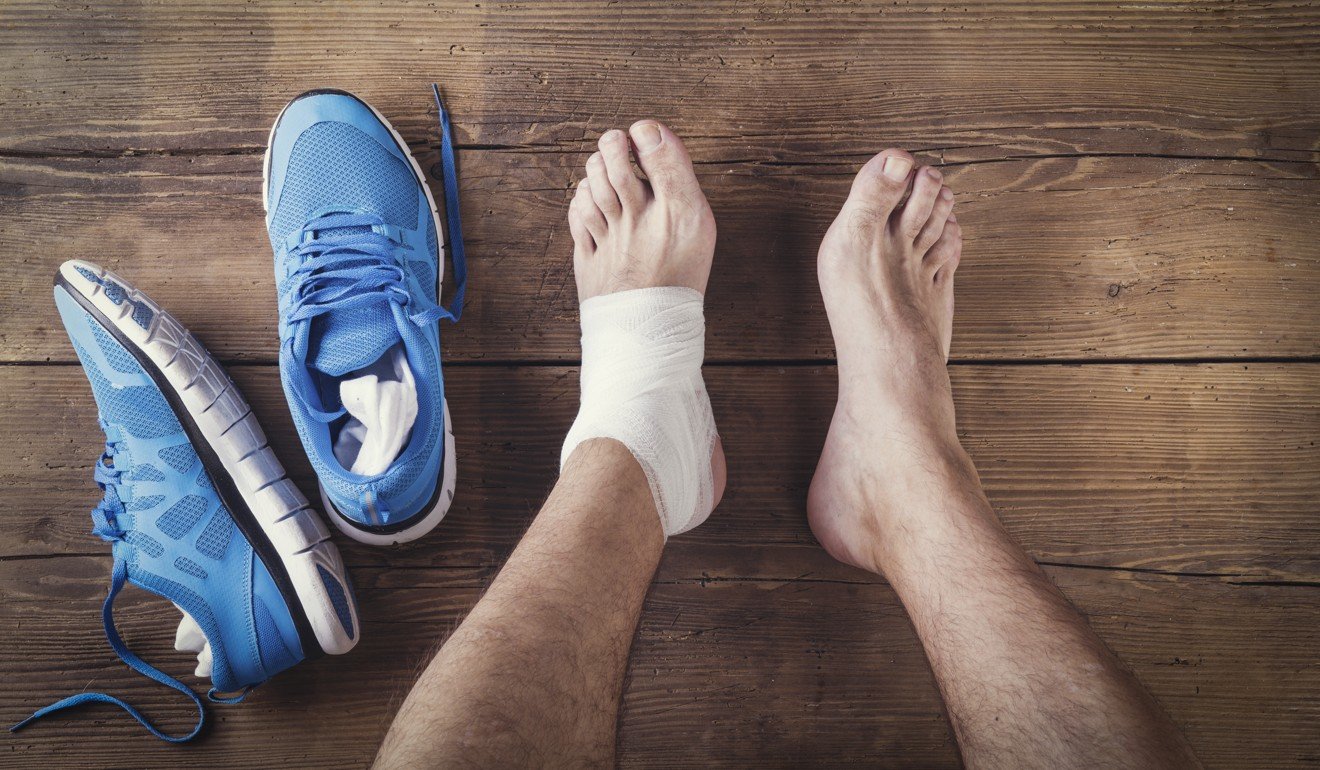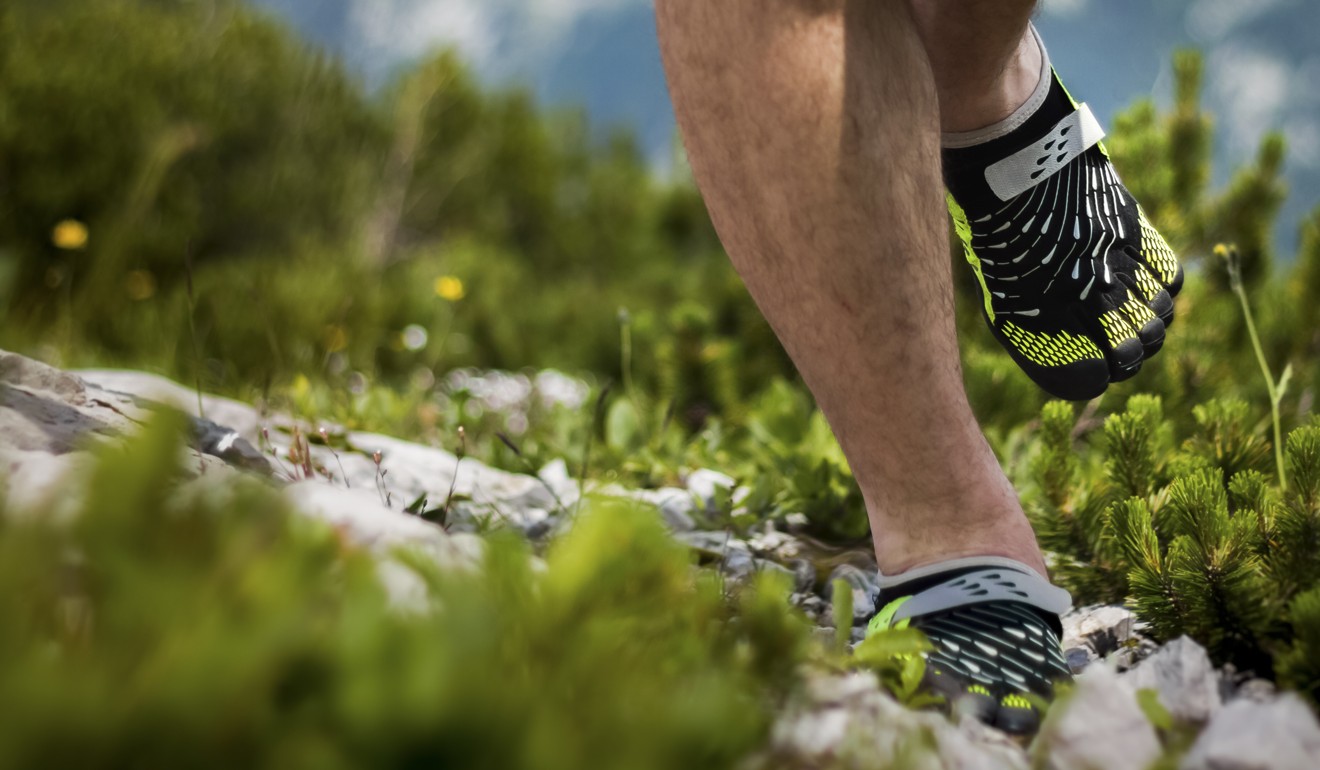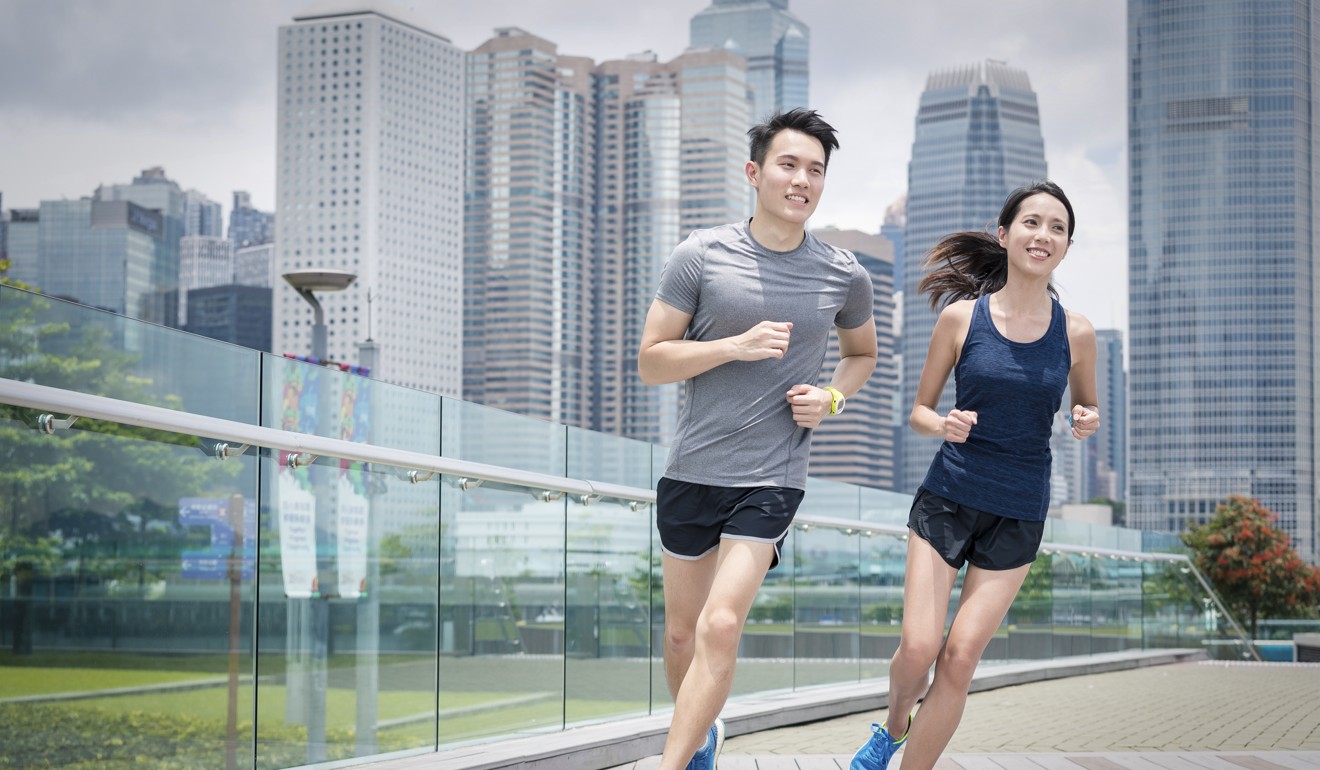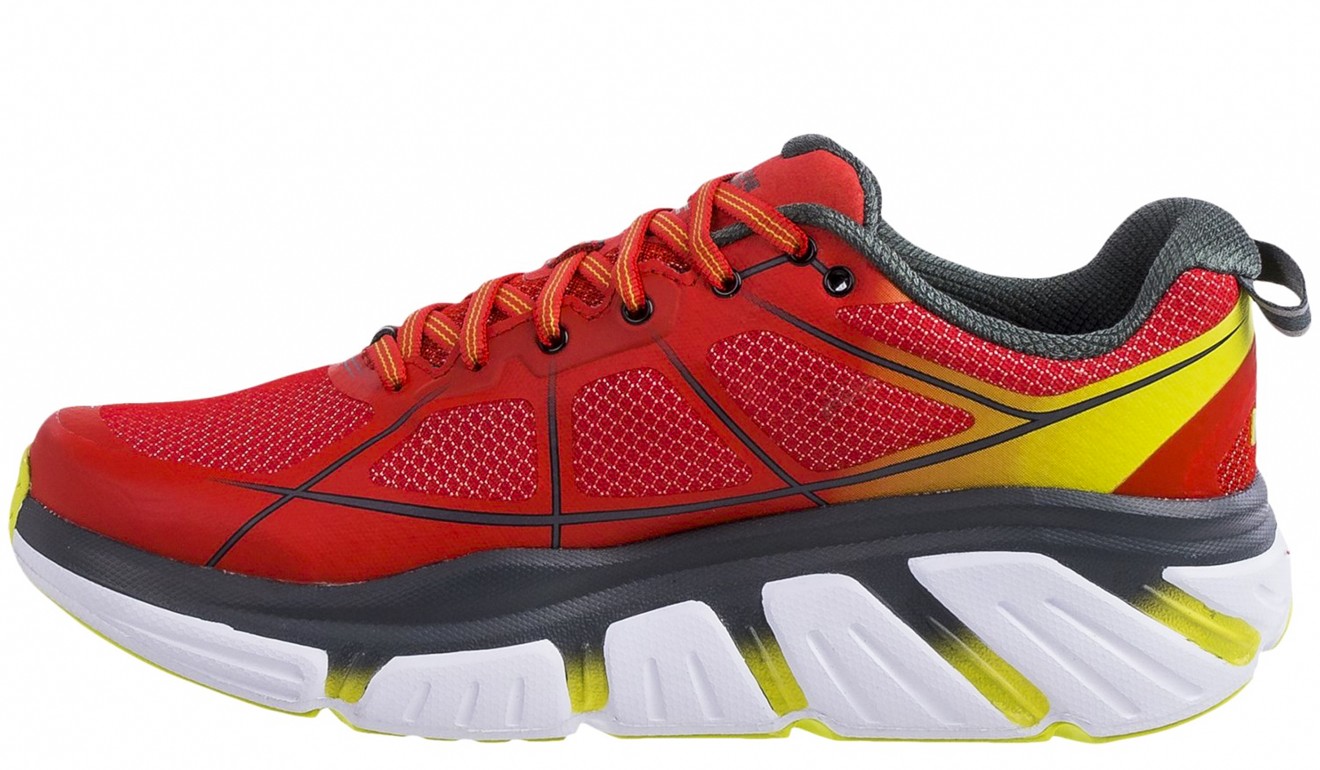
Your scientific step-by-step guide to buying running shoes – how to avoid injury
Hong Kong physiotherapist and osteopath explain the different types of shoe, the foot types they are intended for, and the most important factor to consider when making a purchase
Should your foot type determine your choice of running shoe?
The short answer: No
Do you have flat feet or high arches? Are you an over-pronator, whose flat feet roll inward too much when you hit the ground while running? If you buy running shoes based solely on your foot profile, you may be doing your body more harm than good.
Knowing your foot type is important and should be considered when shoe shopping, but it should not be the deciding factor, says Cardeux Nel, a Hong Kong-based physiotherapist.

“Buying running shoes that were made for a specific foot profile can cause more injury,” she says. “No athlete’s biomechanics should be overly corrected too quickly because the body needs time to adjust accordingly. Instead, you should opt for shoes that benefit your running style and goals and that possess optimal biomechanics, strength, flexibility and body awareness.”
Expensive running shoes don’t prevent injuries, but comfortable ones might
Nel says that there are four main types of running shoe: motion control shoes for over-pronators – usually those with flat feet – stability shoes for pronators, neutral-cushioned shoes for those with a neutral arch, and minimalist running shoes that have no arch support.
A 2010 study in the British Journal of Sports Medicine that analysed 81 female runners over the course of a 13-week marathon-training programme found that neutral-footed runners wearing neutral-cushioned shoes had a 33.3 per cent injury rate, whereas neutral-footed runners wearing stability shoes had just an 11.8 per cent injury rate.

In addition, with the motion control shoe, all foot types – that is, neutral, pronated and highly pronated – had a more than 40 per cent injury rate, which is quite significant. But what’s more significant, says Nel, is that having a highly pronated foot in a motion control shoe resulted in a 100 per cent injury rate. “This doesn’t quite support the idea of buying a specific shoe based on your foot type,” she adds.
Minimalist running shoes, too, can hurt your feet if you don’t transition into them properly. Says Nel: “Athletes who use these shoes believe that by having no arch support, your intrinsic and extrinsic foot muscles work harder and therefore they can stabilise the ankle and foot without needing external support from a shoe.
“If you decide to try minimalist running shoes, it’s crucial to allow your body to adjust over time to the minimal support, otherwise you can severely injure yourself.”

A 2013 US study in the journal Medicine and Science in Sport and Exercise found 10 out of 19 runners over the course of a 10-week transition to minimalist shoes developed bone marrow oedema, in which excess fluid accumulates in the bone marrow.
If they don’t change their running style, Nel says, that could lead to posterior compartment syndrome – deep aching pain in the lower leg which comes on during a run and goes away in rest, or tibial stress fractures known as shin splints.
Editor’s picks: seven hiking and trail running shoes for all types of terrain
Before you shop for running shoes, Aaron Anderson, an osteopath at the Integrated Medicine Institute, a natural medicine clinic operating in Hong Kong’s Central and Discovery Bay neighbourhoods, recommends having a professional, usually a podiatrist, assess your foot type. There are many elements to a foot, he says, and a specialist will usually pay particular attention to the arches and how they absorb and balance the body’s weight.

Another main consideration is comfort. “Comfortable shoes result in a reduced metabolic demand, whereas uncomfortable shoes result in compensatory gait patterns which normally lead to an increase in injury,” says Nel. Anderson suggests checking the toe box to make sure your toes aren’t cramped. If your feet are broad, choose shoes to accommodate this.
Anderson says to consider the kind of surface you’ll be running on. “I don’t recommend running on a hard concrete surface, but if you really have to, then I’d go with a pair of shoes with extra cushioning,” he says.

Take into account how often and how hard you train, and your own running history. Anderson says most injuries occur due to a steep increase in weekly mileage, so consider your expected weekly mileage as well as any previous injuries and running experience.
“I recommend gradually moving towards a running shoe with a minimal heel drop,” says Anderson, referring to how thick the heel is. “This depends on your running experience and how much running you do. While minimalist shoes are popular, it’s a mistake to just switch to them overnight from something that’s cushioned.”
The making of a perfect running shoe
And once you’ve found the perfect shoe, remember to replace them regularly. “Running in worn-out shoes can cause injury by increasing stress on your legs and joints,” Nel says. “The outside of the shoe is not a reliable indication of wear and tear. The midsole, which provides most of the cushioning, tends to deteriorate first. The rule of thumb is to replace your running shoes every 500km to 600km – this includes the distance walking to or training at the gym.”
Wear and tear also depend on your running style, body weight, and the surface you run on. Lighter runners’ shoes can last up to 650km, says Nel. If you run on the road, you’ll need to replace your shoes sooner than if you run on a treadmill. If you’re a trail runner, the rough terrain will take its toll on your soles.

